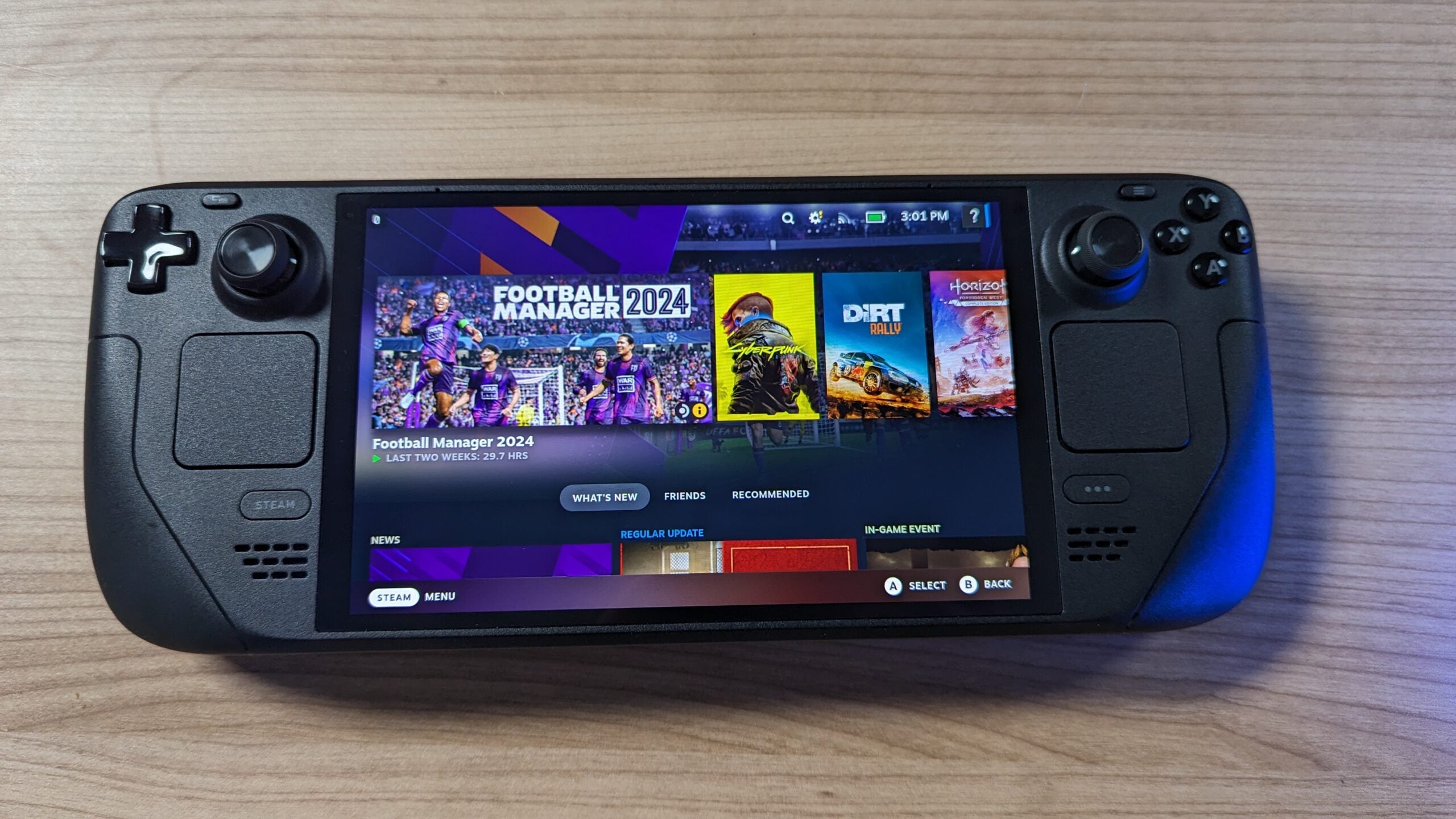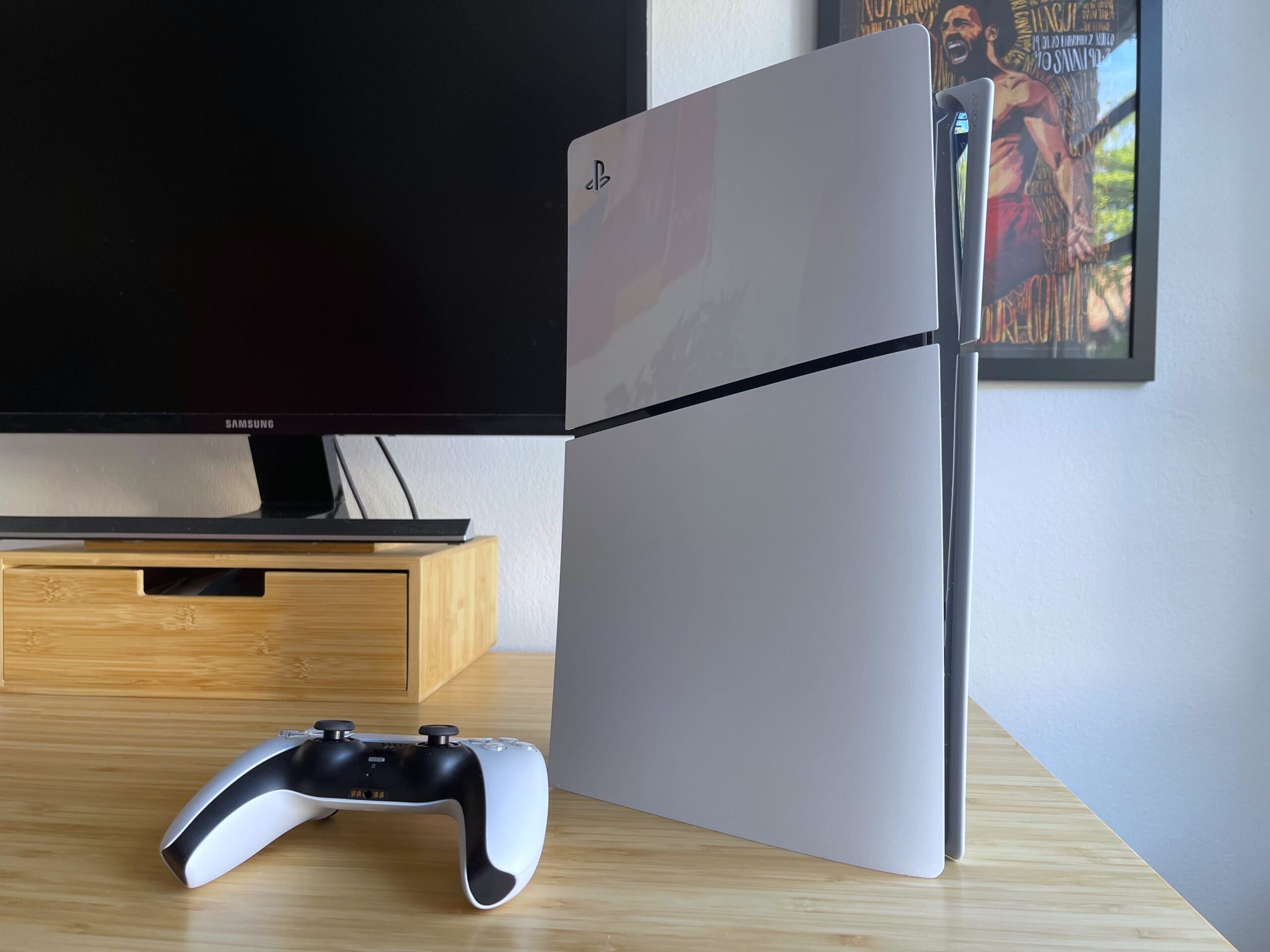Metroid Dread Review
2D Metroid in its prime
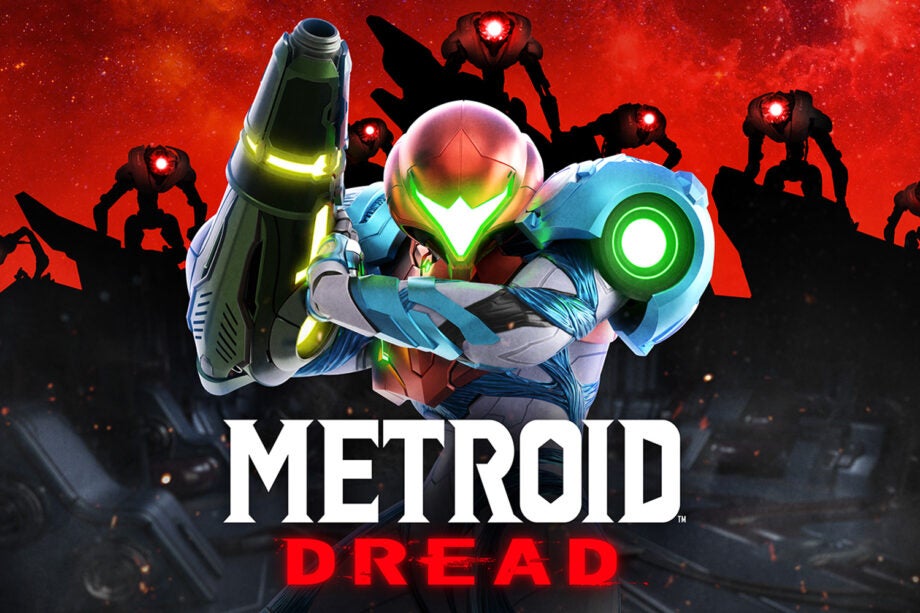

Verdict
Metroid Dread perfects the Metroidvania formula that its predecessors established, while also elevating the series to new heights with highly rewarding combat, stunning 3D cutscenes and new stealth segments that provide greater variety to the gameplay. It won’t be for everyone due to its high difficulty and a lack of accessibility options, but this is nevertheless one of the best Switch games yet. If you’re a fan of Super Metroid, you’ll love it.
Pros
- Excellent combat
- Great range of weapons and upgrades
- Jaw-dropping cinematic cutscenes
- Stealth sections add variety
Cons
- Recycled mini boss battles
- May be too difficult for some
Availability
- UKRRP: £49.99
Key Features
- Platforms:Nintendo Switch
- Classic Metroidvania gameplay:Uses the same blueprint as Super Metroid, so lovers of the SNES classic will find a lot of joy here.
Introduction
Metroid Dread is one of the best games I’ve played on the Nintendo Switch. While staying faithful to the Metroidvania blueprint set by Super Metroid back in 1994, it’s also benefited from many improvements that will appeal to a modern audience.
Dread may not flip the series on its head, as Breath of the Wild did for The Legend of Zelda, but it certainly takes 2D Metroid to new heights, delivering tight combat and platforming, an incredible labyrinth-esque map, and some of the most visually stunning cutscenes I’ve ever seen in a Nintendo game.
Metroid Dread won’t be for everyone, with the stealth segments and boss encounters proving particularly challenging. But if you’ve been craving a new 2D Metroid game to succeed the likes of Super Metroid and Metroid Fusion, then this is a no-brainer purchase.
Story
- Picks up where Metroid Fusion left off
- Story provides lore, but isn’t compulsory to follow
- A satisfying conclusion to the Metroid arc
Metroid Dread is a direct sequel to the Metroid Fusion game that first launched on the Game Boy Advance back in 2002. Despite seemingly wiping out the X parasites in Fusion, Samus Aran is summoned to planet ZDR after a mysterious video transmission indicates that the parasite could still be alive.
Upon arriving at the planet, Samus is confronted by a mysterious opponent who strips our heroine of her suit upgrades, leaving her trapped underground on the alien planet. It’s a cheeky way of forcing the player to start afresh and collect all of the suit upgrades once again, but it still fits in nicely with the story.
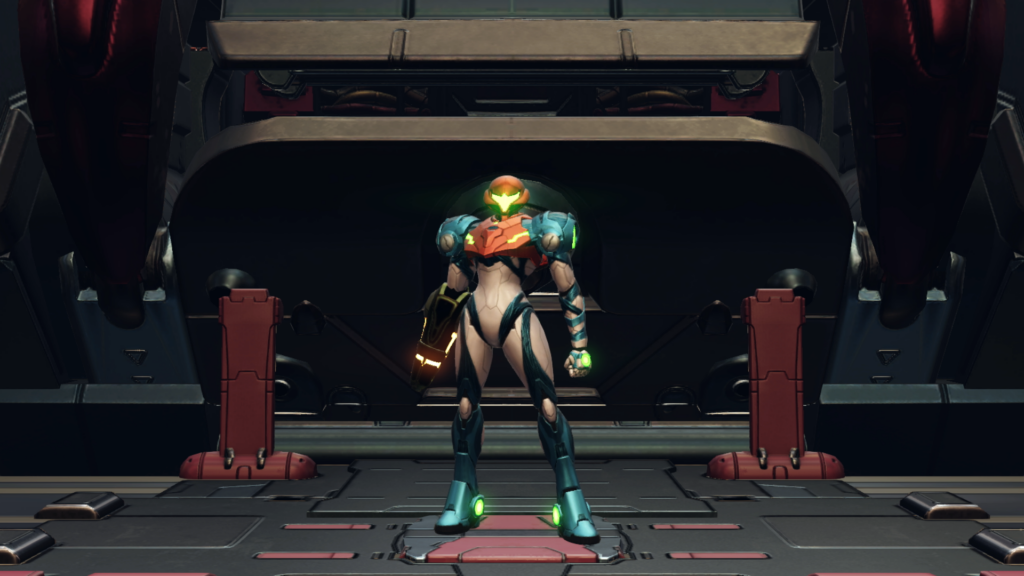
Metroid Dread begins with a recap of the plot points from previous games via a number of text-heavy screens. It isn’t really the best way to ease new players into the Metroid universe – it can be intimidating and a bit of a slog to read through – but it provides a succinct summary of all the most important details.
Once the initial splurge of information is over and you finally jump into the boots of Samus, you’re left largely alone, recreating that feeling of isolation for which the series is so renowned.
Like previous mainline entries of Metroid, the story isn’t the main focus here; it simply offers nuggets of lore that help to flesh out the Metroid universe and sate long-time fans. There’s only a handful of characters with any lines of dialogue, including the AI Adam, who offers infrequent snippets of guidance – but never to the extent that he becomes annoying.
Gameplay
- Uses the same core Metroidvania blueprint as Super Metroid
- Combat is superb, especially with the counter-attack
- The focus on stealth adds new-found tension
If you’ve played any kind of Metroidvania before, whether it’s Hollow Knight, Castlevania or even a preceding 2D Metroid game, you should already have a rough idea of what to expect.
You’re let loose in a non-linear labyrinth, with unlockable power-ups gradually opening up new areas as the game progresses. But Metroid Dread sets a new benchmark for this design, crafting the map in such a way that there are always welcome hints at where you should be heading next – whether it’s a newly unlocked door, Adam’s advice, or the knowledge that you need to move upwards in order to reach your ship.
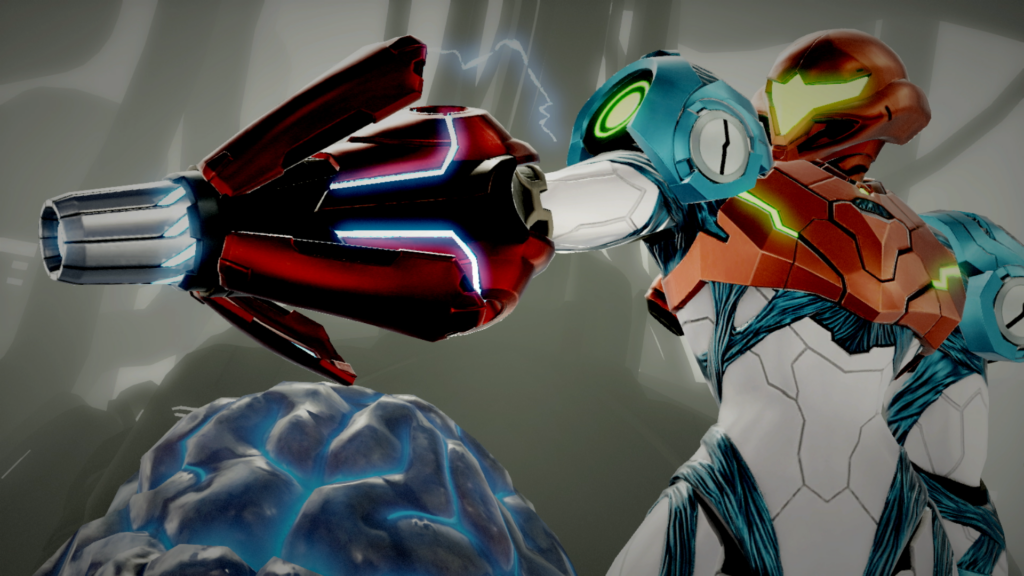
One of my biggest bugbears with Metroidvania games is how easy it is to get lost, with so many branching paths to follow at any given time. But Dread avoids this issue for the most part, despite having so many vast areas to explore. And importantly, Dread still always felt like a non-linear game, with the hints just subtle enough to retain that feeling of success when discovering a new route or upgrade.
Speaking of upgrades, there are many to unlock here from the iconic Morph Ball that enables Samus to squeeze into tight spaces, to the new Phantom Cloak that compliments the focus on stealth. Not all upgrades are equal – a couple were used only sparingly to bypass the odd obstacle – but the majority helped to create a strong sense of progression as Samus becomes increasingly more powerful throughout your journey.
Metroid Dread introduces a new enemy type called the EMMI robots (Extraplanetary Multiform Mobile Identifier), which are arguably the greatest differentiator between Dread and previous entries. Since the EMMI can’t be defeated by normal weaponry and can kill you in one hit, Samus is forced to uncharacteristically flee.
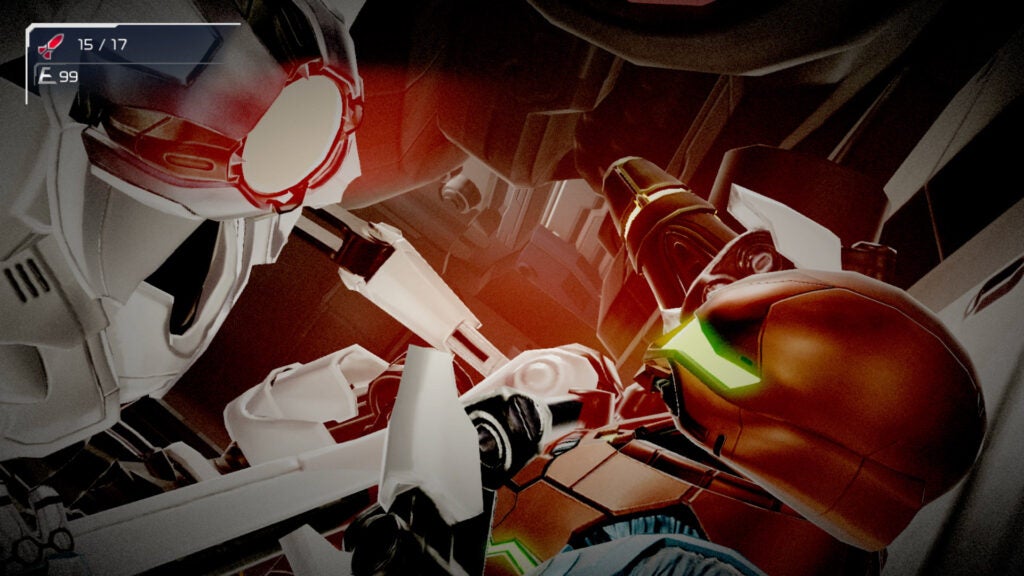
The EMMI will constantly pursue Samus once detected; but, fortunately, they can’t leave their designated zone, so aren’t not quite as horrifying as Resident Evil 2’s Mr X. Still, exploring such zones still filled me with dread, creating an element of unpredictability that’s a smart addition for a genre that requires so much backtracking.
Each EMMI will also differ slightly to keep you on your toes, whether that’s being able to detect you through walls or firing an icy blast to freeze you in place. The ease with which the EMMI can kill you can get frustrating at times. But respawn times are super-quick, and the game makes sure to autosave every time you enter an EMMI lair, so you don’t have to worry about losing hours of progression.
Developer MercurySteam has also made sure to introduce a number of skills and upgrades to aid you with a stealth approach, with the Phantom Cloak allowing you to turn invisible and avoid detection. However, your energy gauge will drain for as long as you’re using the cloak, forcing you to use the power-up wisely rather than spamming it.
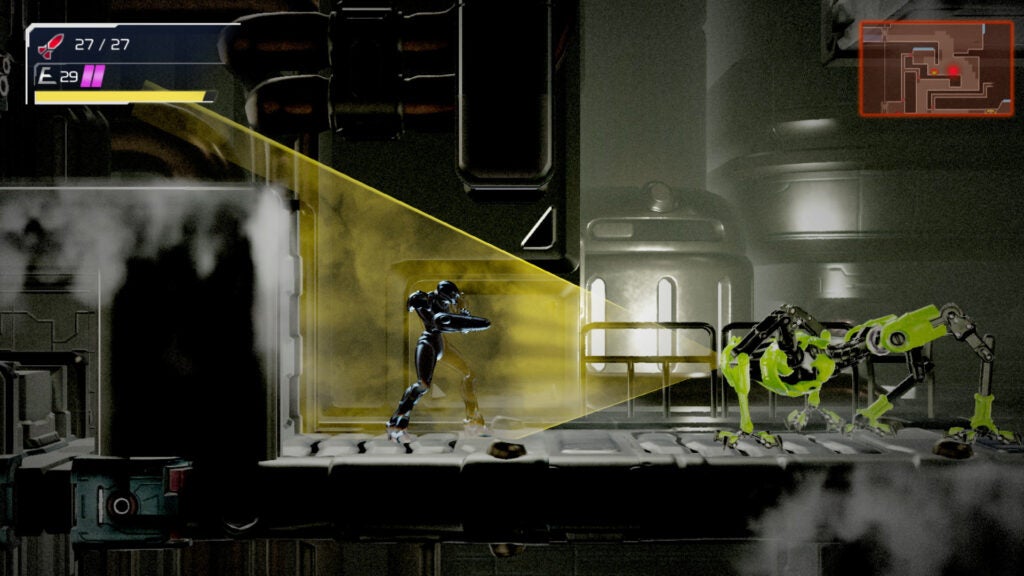
You’ll also be able to defeat each EMMI once you’ve acquired one-off upgrades to your blast cannon, turning the table in the cat-and-mouse chase. Defeating each EMMI was incredibly satisfying, making up for all those previous ‘game over’ screens and finally allowing me to explore the area in peace.
Combat is excellent in Metroid Dread, not only allowing you to use various weapons to down foes from afar, but also adopting the melee counter mechanic introduced by the Metroid: Samus Returns remake. Certain enemies will flash white when preparing to attack you, indicating that you can quickly counter them to deal some serious damage.
Counters require precise timing, but get it right and you’ll be able to down enemies quicker while also gaining additional loot – which can be invaluable if you’re shy on health or missiles. It’s a very smart risk/reward system, with the time window being just about short enough to make it highly satisfying, but not too easy to successfully pull off.
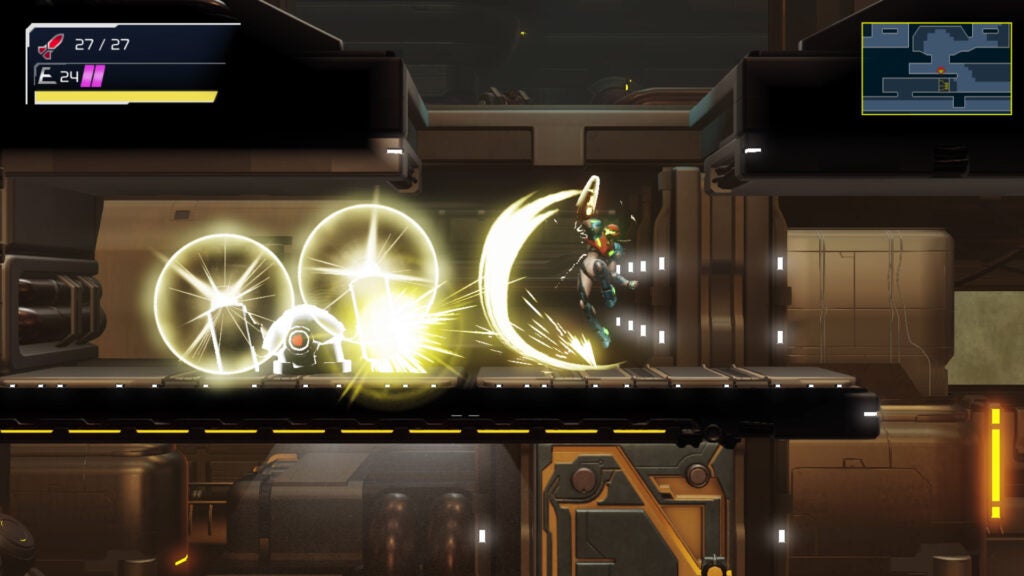
You can even counter an EMMI attack to avoid the one-hit KO, but the time window is so short here that I can count the number of times I managed to successfully pull it off on one hand – I’m glad it’s so difficult, though, as an easy counter would diminish the scare factor of these relentless pursuers.
Boss battles are one of the strongest elements of Metroid Dread, usually consisting of multiple stages that require you to use your full arsenal of weapons and upgrades in order to succeed. There are some really difficult encounters here, but despite being killed numerous times, I didn’t become frustrated with Dread like I did with Super Metroid.
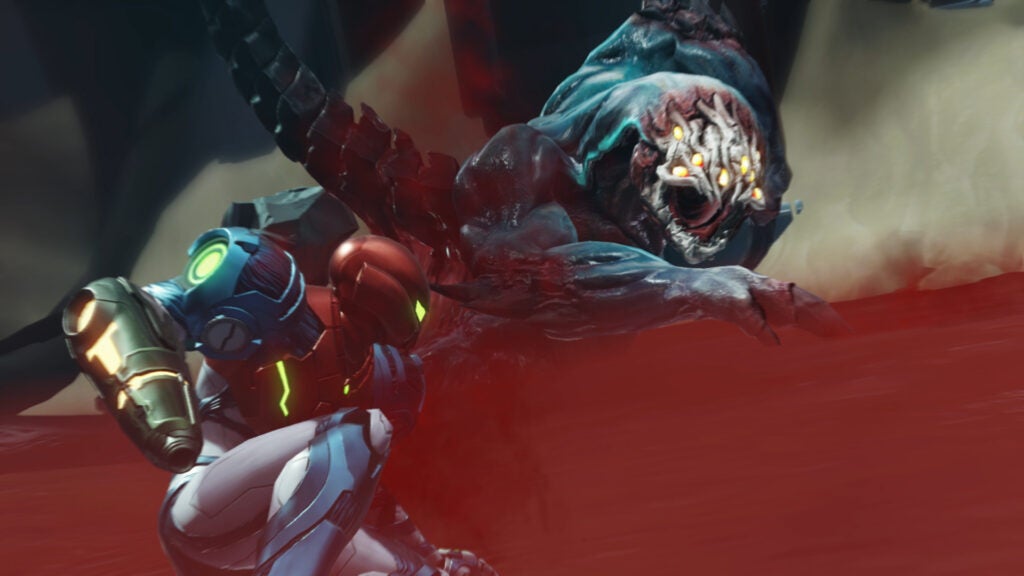
Attacks in boss battles can wipe off a huge chunk of health in one blow, but they can also be avoided if you learn their telltale signs of attack and master all of your abilities. It was really satisfying to see myself pull off some acrobatic dodges in the late game, with Metroid Dread repeatedly putting my abilities to the test, never allowing me to linger in my comfort zone.
My only criticism of the main boss battles is that I wanted more – there isn’t a great deal on offer. Instead, Dread recycles the same two mini boss battles repeatedly throughout your journey, hiking up the difficulty with each encounter. This was a great way of really pushing your abilities to the limit; but, personally, I’d have preferred a little more variety, especially since the main boss fights are so delightfully creative.
Graphics and presentation
- Looks stunning on the Switch OLED
- 3D cutscenes are cinematic
I played Metroid Dread on a Switch OLED, and I can now see why Nintendo is so eager to launch this game on the same date as the updated hardware.
The OLED technology really helps to make on-screen colours look brighter and bolder, with Samus’ suit seemingly popping off the display. The lighting effects were particularly impressive, with overhanging lights providing clear illumination in the dark, and the fiery blast of your arm cannon providing a dazzling effect.
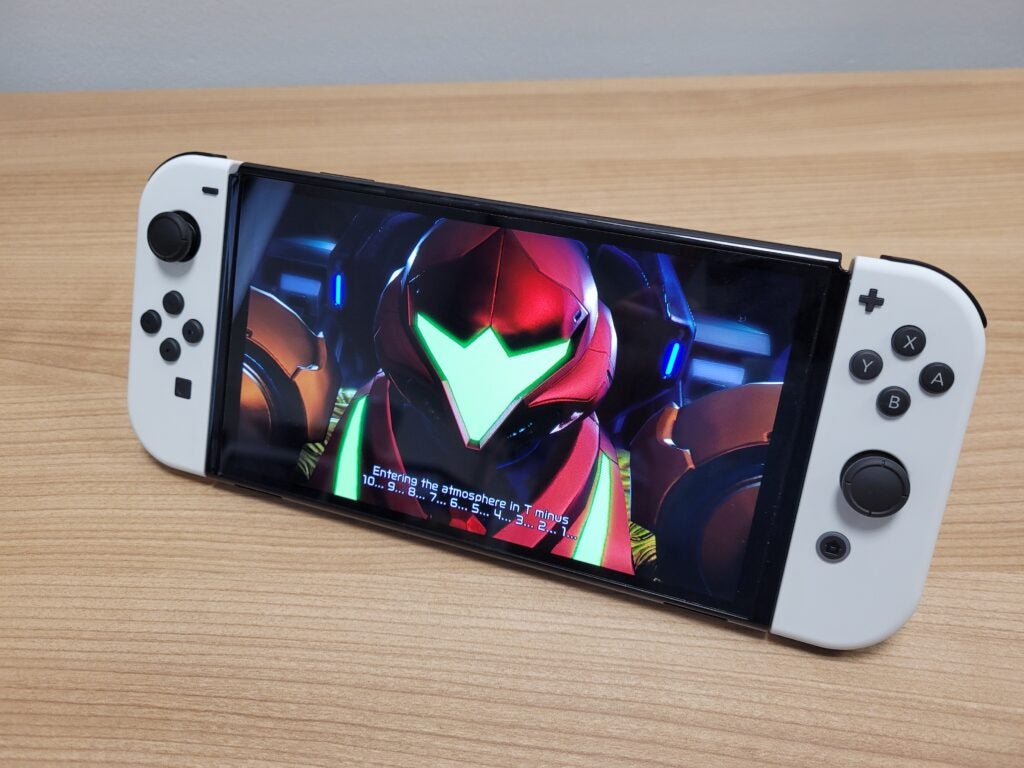
The 3D cutscenes look incredible, often triggering during a boss battle or a pivotal story moment. There are some jaw-dropping set pieces here, with Samus pulling off some wickedly cool stunts that cement her place in gaming history as one of the most badass heroines.
You could probably argue that the background of many locations could be a little more detailed for a AAA game such as this, but I was still impressed by how each area looked drastically different to the next.
The HUD looks great, too, taking up minimal space but still providing a look at the essentials such as health, ammo capacity, energy and the mini map. You can even increase the size of the mini map with a tap of the D-pad, so you won’t have to switch to the full-size map view quite as often.
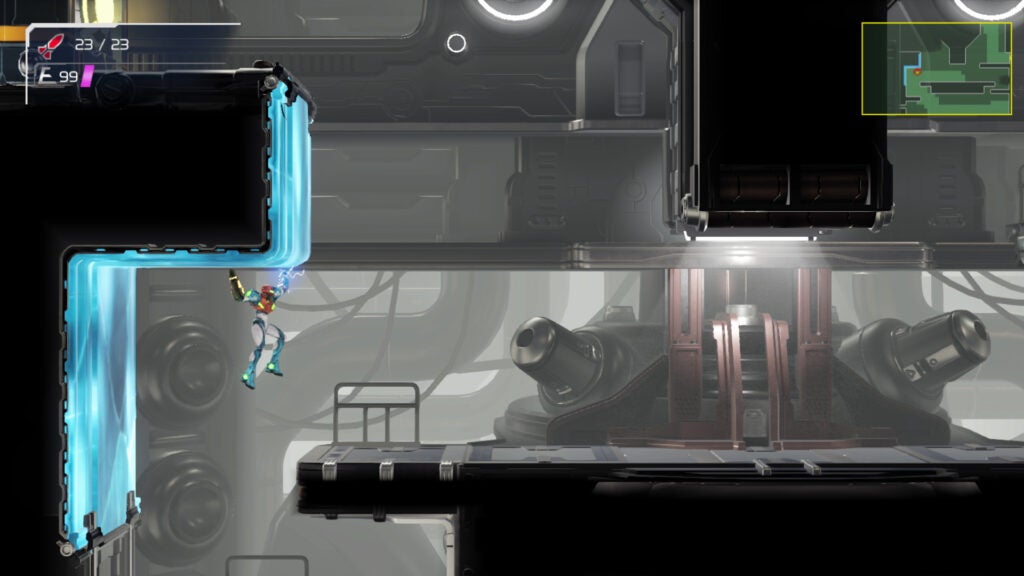
The map is wonderfully detailed, indicating which areas you’ve already explored while also telling you which weapon is required to open each door – some may argue such a feature is a little too hand-holdy, but you can ignore it if you’d rather work that out for yourself.
On that subject, Metroid Dread does a great job of guiding the player through the map with environmental clues. Doors that lead to areas that are too hot for Samus to enter with her default gear will visibly radiate heat, removing the risk of entering areas too early and needlessly losing previous health points.
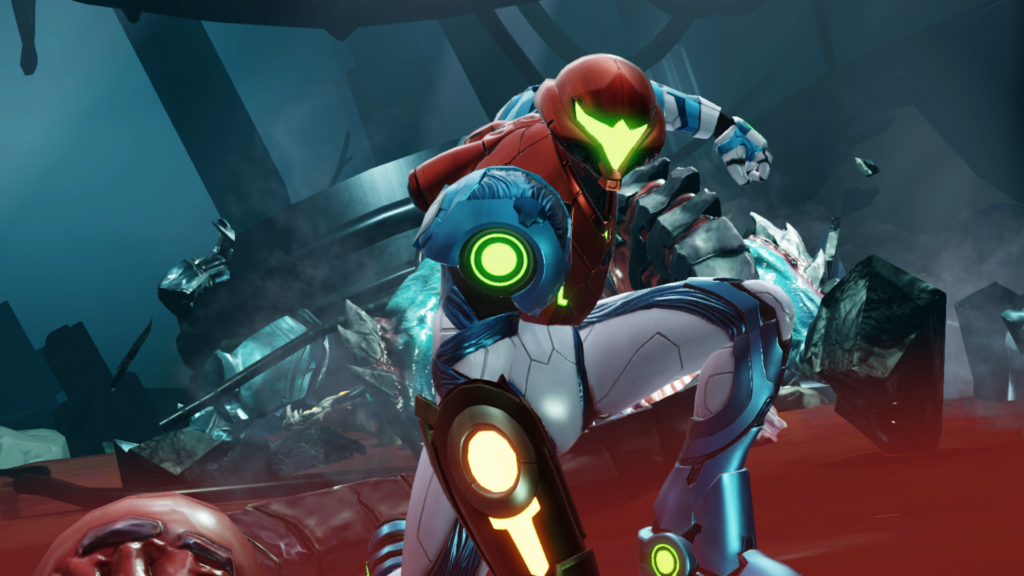
Metroid Dread isn’t a very long game: I managed to complete it in exactly 9hrs 38mins. But I don’t feel like that’s a problem; the quality is so high here that you’re certainly still getting value for money. Plus, you’ll unlock a ‘hard mode’ once hitting the credits, provisioning a great incentive for a second playthrough.
However, I do have to criticise Metroid Dread for its barebone system options. I wasn’t able to remap button inputs without diving into the Switch’s own software, and there are absolutely no accessibility options here. You can’t lower the difficulty either, which is unfortunate since it will likely be too challenging for some. If Nintendo really wants to broaden the appeal of the Metroid series, more needs to be done here.
Should you buy it?
You’re a big fan of Super Metroid:
Metroid Dread feels very similar to its SNES predecessor, but with more impressive visuals, tighter combat and new stealth segments. If you’re a fan of the series, you’ll find a lot of joy here.
You don’t enjoy difficult games:
Metroid Dread is a very difficult game, with challenging boss battles and stealth sections. And with no easy mode on offer, there’s no way of dialling back the difficulty.
Verdict
I’ve only spent two hours with Metroid Dread so far, but I haven’t been able to stop thinking about it since. It feels very similar to the fantastic Super Metroid with an excellent range of upgrades and a labyrinth-style map that’s a joy to explore.
But this isn’t just a reskinned version of the SNES classic, with MercurySteam improving upon the formula with new stealth segments, outstanding visuals and tight combat with a highly rewarding counter system. It’s too early to make a final judgement, but I’m optimistic this could be one of the best first-party Switch games, period.
FAQs
Yes, Metroid Dread launches on 8 October 2021.
Metroid Dread has 2D gameplay, but many of its cinematic cutscenes are presented in 3D.
No, Metroid Dread is not a horror game, but does feature a tense atmosphere for some of the stealth segments.

